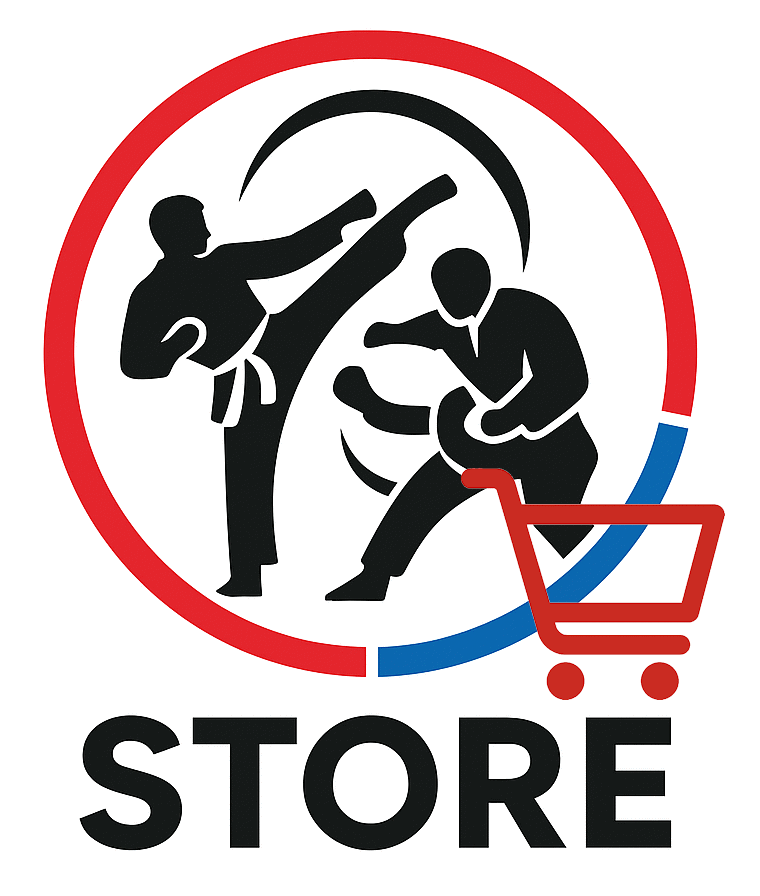A. Advantages of stretching:
-
Increased range of motion (kick higher, kick faster)
-
Increased heart rate at a gradual pace. (if doing dynamic flexibility)
-
Less chance of leg injury (a stretched muscle is less likely to strain)
-
Increased muscle capability (as an athlete's flexibility increases, so does his muscles ability to perform work)
B. How to begin your stretching routine:
-
If you wish to increase your heart rate before you stretch, choose an activity that will not cause your heart rate to increase too quickly. Start off slowly and gradually increase the intensity for less chance of injury.
-
You can use your stretching routine to increase your heart rate or warm up. Working with the same premise as mentioned in #1 above. Start slowly and gradually increase the intensity. Stretching is an exercise, and if done correctly, it will develop muscle strength.
C. Stretching should follow four basic rules:
-
DO NOT use a ballistic type of stretch, using a bouncing type of motion to stretch the muscle. The jerking motion will increase the chance of muscle strain and will not develop good muscle control. Use a static type of stretch: stretching slowly with a constant pull. Hold for 30 seconds to 1 minute, relaxing the muscle while in this position.
-
Stretch muscles in proper order, head to toe or vice versa. When trying to stretch a specific muscle, it is important to realize which muscles are inter- related. Forward for a hamstring stretch involves not only the hamstring, but also the back, neck, buttocks and calves, so to get the maximum stretch in certain areas, it may be necessary to stretch an inter- related muscle first.
-
Once you establish a certain sequence (order in which you do your stretches), it is best to stay with that sequence, especially for the beginning student. Your body becomes adjusted to your warm up procedures, which in turn, means less chance of injury.
-
An important part of stretching is muscle control, the ability to relax one muscle for stretch, and tighten another for strength. Example: Contract hip-flexors and quadriceps muscles while relaxing the hamstring. To front kick high, you must let the hamstring relax to stretch high, but the hip- flexors contract, lift the leg and the quadriceps contract to cause leg extension .If you tighten the hamstring at this point, your kick will be low, or you might strain your hamstring. This can be developed during stretching.
D. Stretching routine example:
-
Jog on the spot or skip for 3 to 10 minutes
-
Rotate the neck, left to right going shoulder to shoulder.
-
Shoulder shrugs, rotating backwards 20 -40 times and then repeat forwards
-
Stretch the chest by crossing arms across chest and then extending the arms fully at chest level.
-
Rotate hips, left and then right.
-
Legs apart at shoulder width extend left arm to knee and repeat action on the right side.
-
Legs slightly bent touch toes ( when you increase your flexibility straighten )
-
Sit down extend left leg and tuck in right leg, bring you chest down to the knee kicking the back straight. Repeat exercise on the other side.
-
Lie down face down arch the back slowly counter stretch with a cat stretch (brings buttocks back to heals)
E. Making your own stretches.
-
There are too many different stretches available to explain all of them. Most of all stretches can be done with a partner, on a stretching bar, standing, sitting, walking or squatting. Do not stretch hard every day, alternate between one light day and one hard day.
-
When selecting which stretches from the many available, remember the four basic rules listed above.
NOTE: The most important thing about stretching - stretch through range of motion. If you become limber, but do not have strength to lift your leg high or kick at this height, you will not have got the full benefit from your stretching.

















